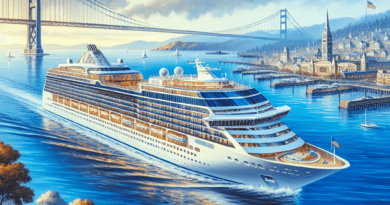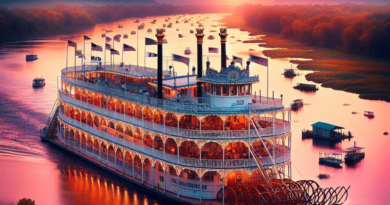La Tour Eiffel
Stepping onto the bustling streets of Paris, your eyes catch sight of the towering architecture known as “La Tour Eiffel“. Often referred to as a symbol of beauty and strength, the Eiffel Tower shines not only as a testament of Parisian charm but also a wonder of human ingenuity. It’s impossible not to feel a surge of excitement as you look up, eyes tracing the iron lattice work that soars into the sky. In this article, you’ll discover the enthralling history and fascinating facts that surround this iconic landmark, ready to quench your thirst for adventure and knowledge. So, buckle up because it’s time to embark on a journey to the magnificent “La Tour Eiffel”.
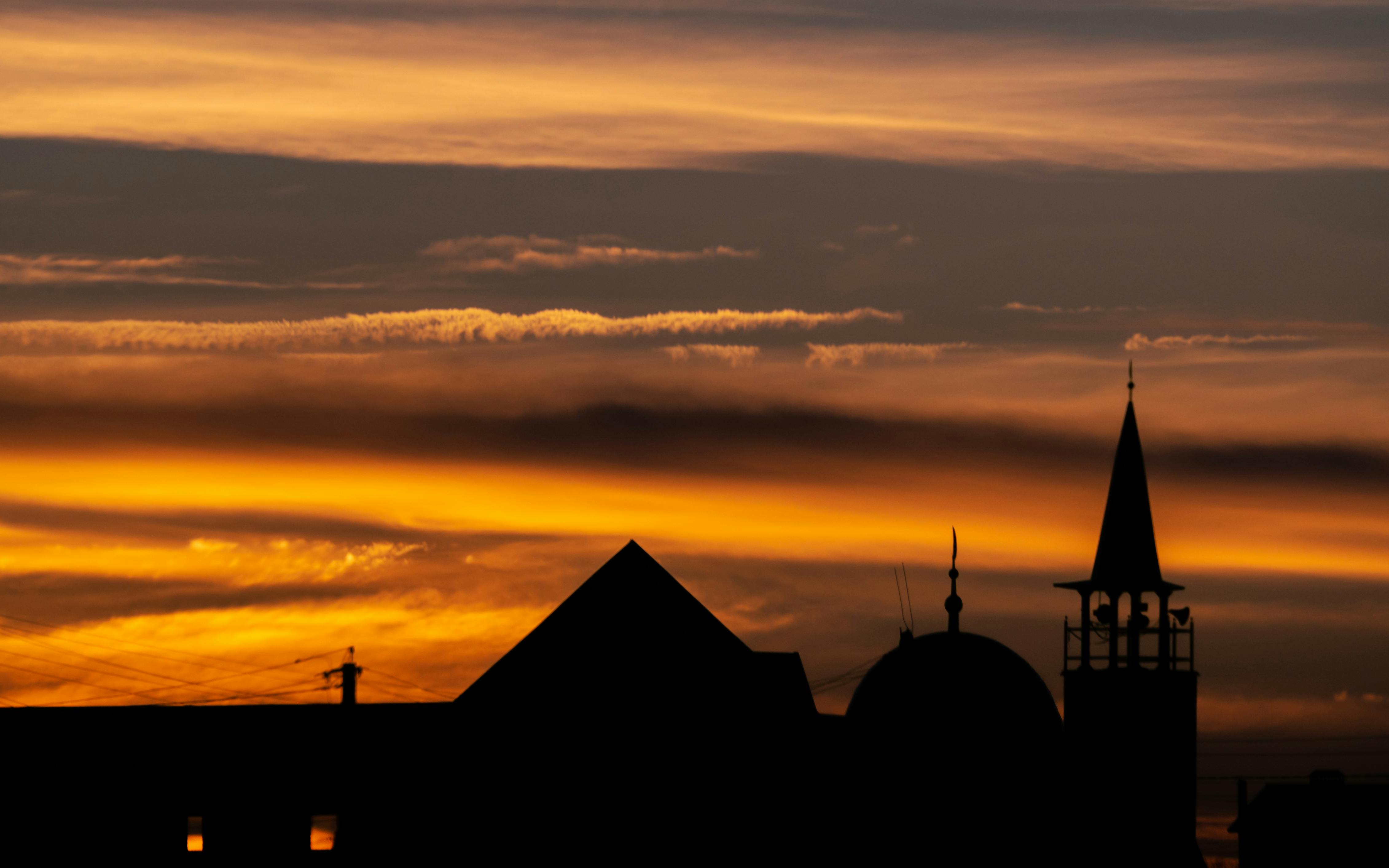
History of La Tour Eiffel
The story of this iconic Parisian structure is as captivating as its architecture. Let’s take a journey through time, revisiting the construction years up to the present day.
Origins and construction
You might be surprised to learn that the French initially faced the idea of La Tour Eiffel – or the Eiffel Tower as it’s known in English – with skepticism and criticism. Conceived by Maurice Koechlin and Émile Nouguier, two engineers working for Gustave Eiffel‘s company, the project was initially met with public outrage. Despite all odds, construction began in 1887 and completed within two years – a herculean feat for the era.
Inauguration and early use
The Eiffel Tower was officially completed on March 31, 1889, and inaugurated by Gustave Eiffel himself, who ascended the tower and planted the French flag at the top. Initially purposed to serve as the entrance gateway to the 1889 Exposition Universelle (World’s Fair), the tower soon catapulted to fame, attracting over 2 million visitors in its first year alone.
Symbolism in the 19th century
As the tallest structure in the world at the time, La Tour Eiffel quickly became a symbol of human ingenuity and the industrial age. While initially met with contention, it eventually won over the hearts of the French people and became a symbol of national pride.
Historical events at La Tour Eiffel
The tower has been the chosen venue for several historical events, including the inauguration of radio broadcasting in 1898 when a wireless station was set up at its top. During World War I, it intercepted enemy messages, playing a significant role in various military operations.
World War I and II relevance
During both World Wars, La Tour Eiffel served an important function as a radio transmitting tower. During World War II, when Paris was occupied by the German forces, French resistance fighters are said to have cut the tower’s elevator cables, so the Germans had to climb the stairs!
Architectural details
Now, let’s dig into some fascinating architectural details that set this tower apart from other structures.
Design and blueprint
Functionally elegant, the Eiffel Tower’s design is a marvel of engineering. The design was not merely aesthetic; it was about resisting wind forces. The tower, constructed from over 18,000 individual iron pieces, was designed to distribute wind loads evenly, reducing pressure and ensuring stability.
Material and construction techniques
La Tour Eiffel was built primarily using puddle iron, a very pure form of structural iron, making it both lightweight and strong. The innovative construction techniques involved assembling the tower’s parts on the ground and then lifting and fitting them in place using hydraulic jacks, a pioneering method that contributed to the tower’s rapid construction.
Unique features
Perhaps the most unique feature is its lattice design. This open framework prevents wind resistance, ensuring the tower’s stability. Gustave Eiffel also added an apartment for himself at the top, which nowadays serves as a museum.
Alterations over time
While Gustave Eiffel’s original design has remained largely unchanged, there have been several notable alterations, including the installation of lifts, radio antennas, and the addition of a broadcasting station.
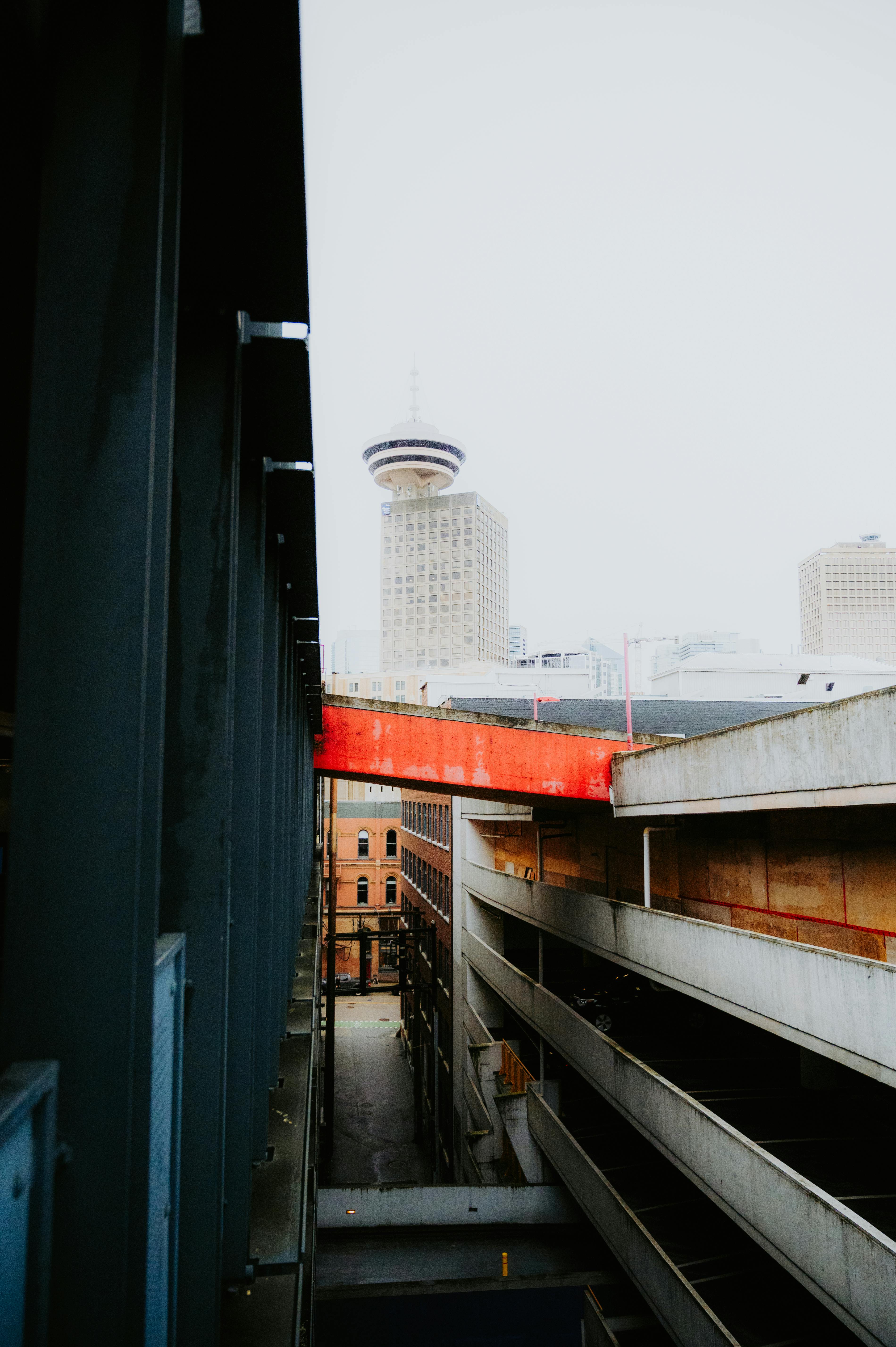
Size, dimensions and structure
Diving into some key statistics can give you an understanding of the tower’s scale and grandeur.
Height and weight statistics
Standing tall at 330 meters (including antennas), the Eiffel Tower was the tallest man-made structure in the world until the completion of The Chrysler Building in New York in 1930. Weighing over 10,000 tons, it’s as heavy as it is tall.
Number of stairs and levels
For those fitness buffs out there, brace yourself – there are 1,704 steps to the top. Split across three levels, each offering a unique experience, whether it’s enjoying French cuisine on the second level or marveling at the breathtaking views from the top.
Light installations
The Tower is illuminated with a golden hue every evening, making it a sight to behold. Additionally, for five minutes every hour, a dazzling light display enchants onlookers.
Maintenance and renovation practices
Maintaining this iron giant is no easy feat – it requires around 60 tons of paint every seven years to prevent corrosion!
La Tour Eiffel’s usage
Over the years, the purpose of the Eiffel Tower has evolved in many interesting ways.
Purpose of initial construction
Initially designed as the entrance arch for the Paris 1889 Exposition Universelle (World Fair) to celebrate the 100th-year anniversary of the French Revolution, it soon transcended that purpose, becoming an enduring symbol of Paris itself.
Change in function over years
Over the years, the tower’s function has diversified. Today, it serves as an observation deck, a broadcasting station, and a symbol of French national pride all in one.
Current usage
At present, La Tour Eiffel is predominantly a tourist attraction, with millions of visitors ascending its levels for the panoramic views of Paris. It also functions as a radio transmission tower.
Future plans
There are continuous plans to enhance the visitor experience, including renovations to the elevators and restaurants, as well as upgrades to the viewing platforms.
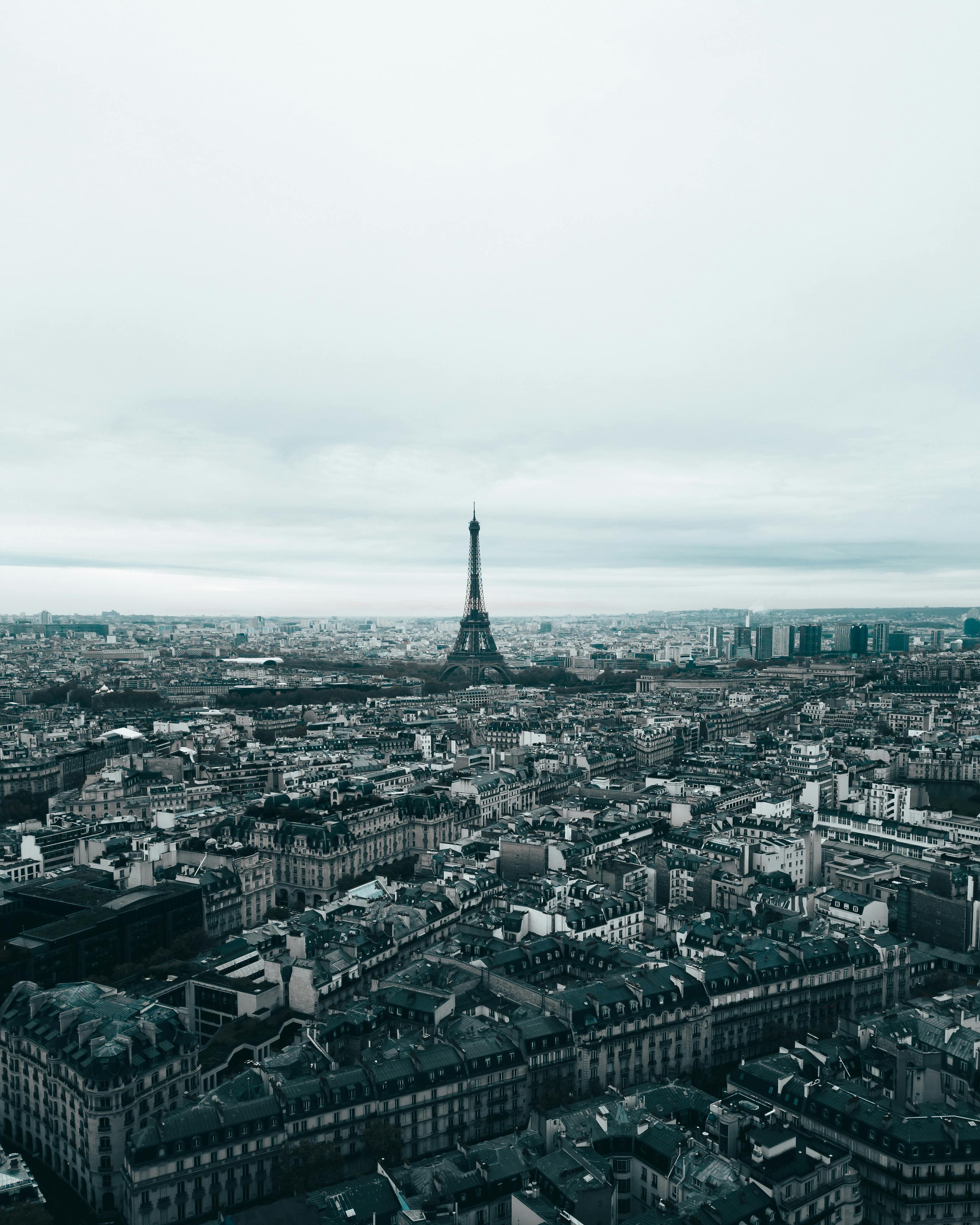
Cultural significance of La Tour Eiffel
The Eiffel Tower holds a profound cultural significance that extends far beyond France’s borders.
Representation in art and literature
Used as a motif in various mediums, the Eiffel Tower is almost synonymous with Paris in the world of art and literature. From paintings to photographs, from novels to poetry, it has stirred the imagination of many across the globe.
Role in popular culture
La Tour Eiffel has appeared in countless films, TV shows, songs, video games, and even comic books. It’s hard to watch a movie set in Paris without a glimpse of the Eiffel Tower!
Influence on architecture and design
The Eiffel Tower influenced subsequent designs of tall towers globally by proving that it was possible to construct tall, lightweight structures without compromising their wind-resistance or stability.
National and international symbolism
The Eiffel Tower serves as a powerful French symbol and is globally recognized as an icon of France. It symbolizes French technological prowess and cultural elegance.
La Tour Eiffel tourism
La Tour Eiffel is one of the world’s most visited monuments. Here’s what you should know:
Visitation statistics
Drawing over 7 million visitors annually, Eiffel Tower is one of the most visited paid monuments worldwide!
Tourist activities
Most tourists ascend to the top of the tower, but there are also restaurants on the first and second levels. Others gather on the grassy fields nearby to picnic and take the perfect snapshot of this grand structure.
Ticketing and admission details
Ticket prices vary depending on whether you choose to use the elevator or take the steps—and how high in the tower you intend to go. Remember to book your tickets online in advance to skip the long queues!
Guided tours and experiences
Various guided tours can offer you a more immersive experience, taking you through the tower’s history, architectural significance, and little-known secrets.
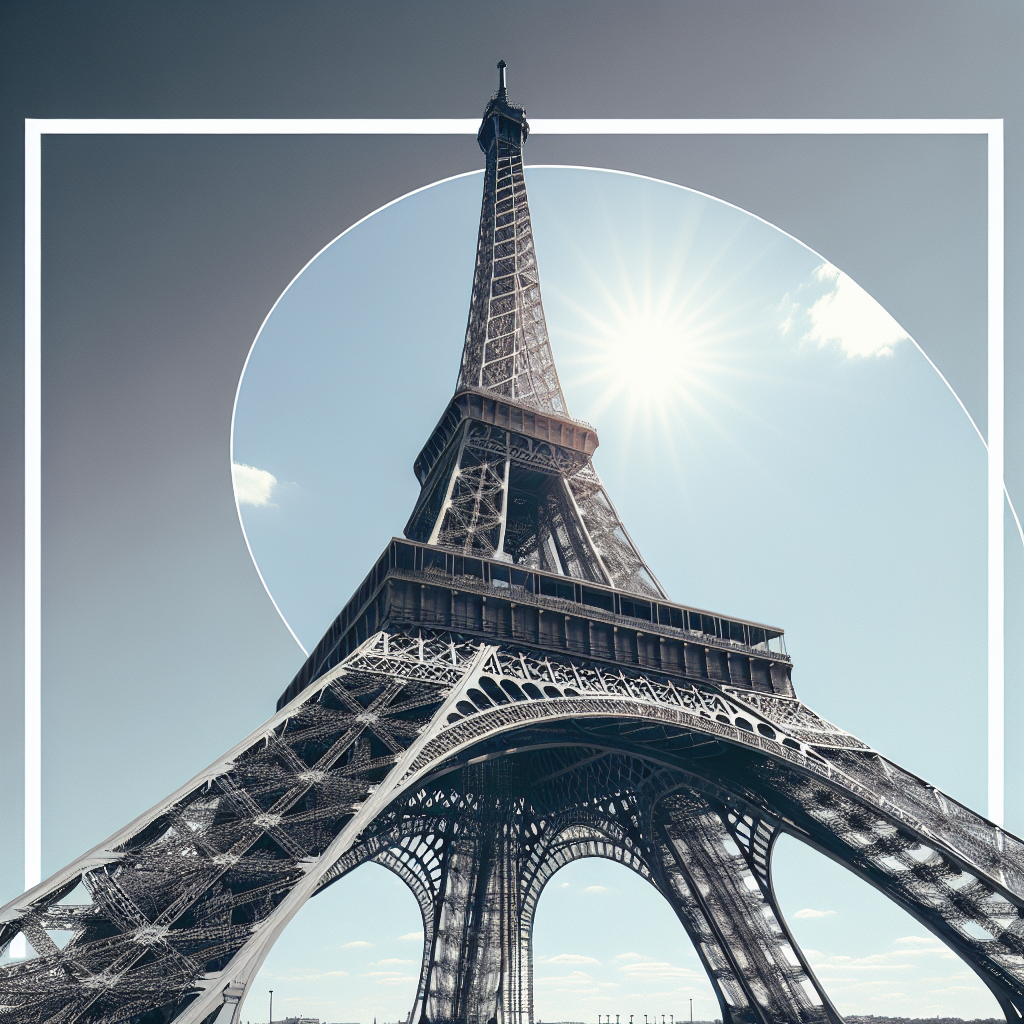
View from La Tour Eiffel
Let’s delve into what one can expect when they reach the top of the tower.
Overlooking Parisian landmarks
From the Eiffel Tower, you can spot various Parisian landmarks, such as the Arc de Triomphe, Notre-Dame, and Seine River. The view truly is postcard perfect!
Photography guidelines and tips
Be sure to have your camera ready! Day or night, the view is spectacular, but for the perfect shot, photographers often recommend visiting during the “golden hour”—just before sunset.
Best time for visit
Both day and night offer unique views, but to see the city bathed in golden light or sparkling beneath the stars is a truly magical experience. It’s generally less crowded early in the morning and later in the evening.
Seating and dining options
Indulge in some French cuisine at the restaurants located on the first and second levels of the tower. There’s nothing quite like enjoying a meal with such a fantastic view!
Getting to La Tour Eiffel
Getting to the Eiffel Tower is smooth and easy, regardless of your preferred mode of transport.
Public transportation options
Served well by the Parisian public transport system, getting to the Eiffel Tower is easy and convenient. The nearest Métro (subway) and RER (regional express train) stations are Bir-Hakeim and Champ de Mars-Tour Eiffel, respectively.
Driving and parking
If you prefer driving, you’ll find nearby parking spots, especially around Quai Branly Museum and Pullman Tour Eiffel Hotel.
Pedestrian routes
Enjoy a leisurely stroll along the riverside to the Eiffel Tower. The paths are well laid out, and the area is pedestrian-friendly.

Safety and Regulations at La Tour Eiffel
For a pleasant visit, it’s crucial to be aware of the safety measures and regulations in place.
Security measures
To ensure the safety of all visitors, stringent security checks are in place. Additionally, there are secure enclosures surrounding the Tower.
Regulations for tourists
For the smooth functioning, visitors are required to adhere to certain rules, such as not carrying large luggage or unsuitable objects, respecting the designated areas, and following the instructions provided by the staff.
Accessibility for disabled visitors
The Eiffel Tower is fully accessible for individuals with mobility challenges. Wheelchair users have access to the first and second levels of the Tower via lifts.
Child safety measures
Safety barriers are installed all around the Tower, ensuring that young children can also enjoy the stunning views safely.
Environmental impact of La Tour Eiffel
Despite its grandeur, the Eiffel Tower management ensures minimal environmental impact.
Energy consumption
The Tower utilizes energy-efficient methods wherever possible, including LED lighting and solar panels.
Management of waste and emissions
Rigorous waste management strategies are in place, including waste sorting and recycling.
Sustainability initiatives
The Tower’s management has undertaken several sustainability initiatives, like rainwater recovery, and the top-floor viewing platform is entirely powered by wind turbines.
Impact on local wildlife
The Eiffel Tower even has a positive impact on local wildlife, serving as a nesting site for Peregrine Falcons, which were once threatened in France.
And there you have it, an in-depth look at the mesmerizing La Tour Eiffel – its history, architecture, significance and facts, and even the view that awaits you. The next time you’re in Paris, make sure to have this iconic experience on your bucket list!


